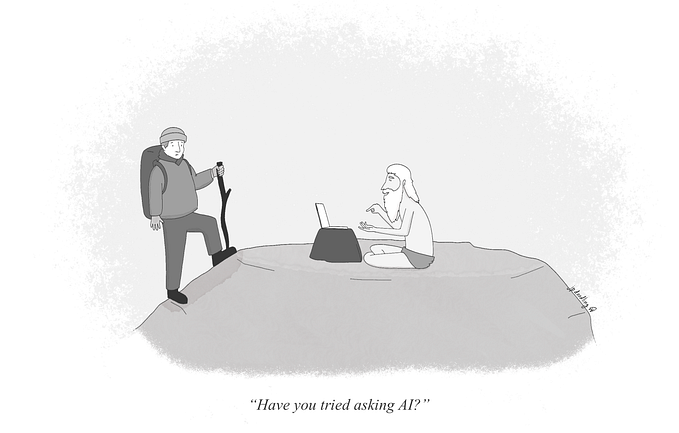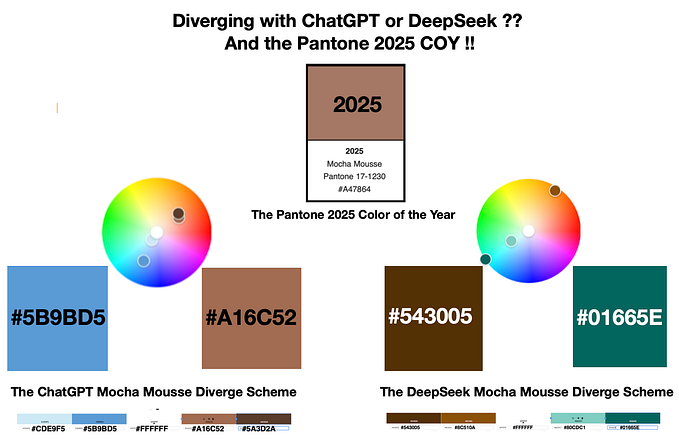Key habits of highly effective designers
Design for progress over perfection
Increase your capacity to execute and develop your intuition through mini-feedback loops.

Early on in my career I had a bad case of imposter syndrome. I would delay showing my work until I thought it was perfect trying to cover all the possible use cases. Other times I would underestimate the project and start on it later — how difficult can it be? But when I did start, the complexity became quickly apparent raising more questions than answers.
Both of these scenarios led to more work (and stress) in the end. But most importantly they deprived me of the opportunity to get better, faster.
Today’s design process is in flux. Gone are the days of rigid handoffs from execs to product managers to designers to engineers. To be effective, Design has to involve other cross functional disciplines throughout the process. Features change in scope. New issues come up all the time.
Showing your work-in-progress early and often will help you stay ahead of these changes.
You don’t have to come up with a perfect version of a design by end of day. Instead — make it a daily goal to show progress over perfection.
The side-effect of progress is focus. Realistically, taking into account the time for meetings, breaks, etc. — there are only so many hours in a day to sit down and design. Having a clear daily outcome from the onset will help you prioritize and triage your time effectively.
Moving fast is also a good way to build up experience and mature as a designer. You want to get to a place where you can comfortably advance several projects every day thus increasing your capacity for output.
Sometimes with all these changes progress becomes harder to see. In my design drafts I tend to organize my work by day (e.g. “March 16, 2020”). This acts as a historic record to quickly see where I moved fast, where things got stale and any other interesting ideas that came up. It’s a useful way to troubleshoot and improve one’s design process.
Lastly, the forcing function of delivering something every day will keep your momentum going especially in times when you’ll get stuck.
As you’re moving fast — get frequent feedback along the way.
Seek out feedback early and often
Feedback on in-progress work is helpful to identify potential blind spots — areas that you didn’t consider or were not aware of for the project. You want to ensure you are moving fast working on the right thing and heading in the right direction.
Resist temptation to not share
Sharing work in-progress can be hard. Going from an idea to execution is not a linear path and our wires may look half baked with artboards all over. But that’s part of the creative process.
You might even hear that voice in your head, “shhh maybe you should just present at the next meeting…” Resist this temptation. By delaying feedback you are only delaying the inevitable rework later on. Only on the rare occasion, when there’s little to no design done, you might want to hold off.

Seek feedback throughout the product cycle — from initial ideation all the way to the “final” shipped design and beyond. Yes, the feedback doesn’t stop when the product is launched. Closing the loop by understanding if the customer has benefited from your latest feature is the ultimate test.
Create opportunities for others to give you feedback
Sometimes it’s hard to find avenues for getting feedback. People are busy. Calendars booked. In this case you’ll need to get creative. Don’t wait until a formal review, take action into your own hands.
If you can take the time to do a quick sketch and briefly chat with your PM about the future direction then do it. Post your work so that people can access it and give feedback asynchronously as you’re working on the next version. Look for other existing channels and meetings and see if there’s an opportunity for you to present your work then.
To get high quality feedback — frame it first
To get the most helpful feedback you’ll need to frame it appropriately. Sometimes well-meaning stakeholders (including designers) may go on tangents reacting to what they see. It’s your job as a feedback facilitator to keep them focused on areas you need most help with.
Here’s how:
- Set the context of what problem you’re trying to achieve, how you went about doing it, what you’re focusing on in this phase of the process
- Mention what’s off limits for feedback right now — you’re still working through these things and need the time to execute
Then dive into the story. Let your stakeholders empathize with the customer by describing the feature from the outside in. How does the user discover this new feature? How do they begin using it? What’s a good outcome for them?
This all might seem like a lot of work. It is! But by spending a little time upfront you’ll get quality feedback. Design doesn’t speak for itself — that’s why framing your work in the proper context is key.
Not all feedback is equal — curate it
Not all feedback will be valuable. Some of it will be distracting or pull you in the “wrong” direction. At times you’ll get conflicting information. It’s your job as a designer to reconcile the differences.
Sometimes the feedback might get solutions oriented, e.g. “Have you considered using a link instead of button?”. You’ll need to unpack the statement by getting to the root cause, e.g. “What would changing to a link instead of a button do?”. Uncovering the principle and the motivation behind the statement can help you solve the larger problem beyond reacting to minor UI infractions.
When in doubt — clarify. Ask why. It’s better to ask a “dumb question” in the meeting and save the agony of working on the wrong thing after.
And repeat…
Design is always a work in progress. Once you’ve sought, framed, curated, and acted on the feedback the work continues.
As you advance through this process you can start to develop intuition that’s based over the course of many interactions with your stakeholders and customers. This is not an excuse to avoid showing work — even with perfect intuition you’ll still benefit from feedback.
Everyday progress + early feedback = faster growth
Design is a vast discipline. There are so many things to learn and so many skills to master. Sometimes we hear vague advice that expertise comes with experience. But does it? What specifically should you do to get better?
One way you can grow and become more effective is by holding yourself accountable to your own standard. Set your own pace by:
- Showing progress every day, which feeds into
- Getting frequent feedback to get to high quality output faster
All of this translates into a stronger intuition that can help you produce strong work from the start. As you increase your capacity you can take on more projects and explore new ideas rapidly thus influencing product strategy through design craft.
This is the second article in the series, Key habits of highly effective designers. In the first part we talked about building the habit of externalizing your work.
So what about you — how often do you show your work? What challenges do you face when you’re looking for feedback? What methods have you used in the past to get quality feedback?










